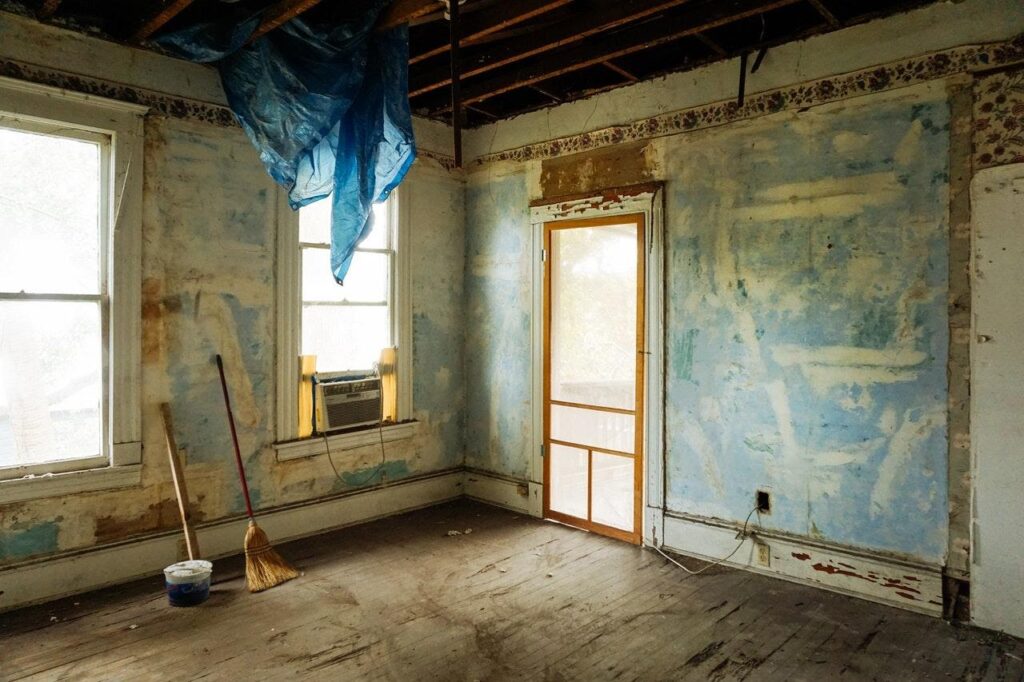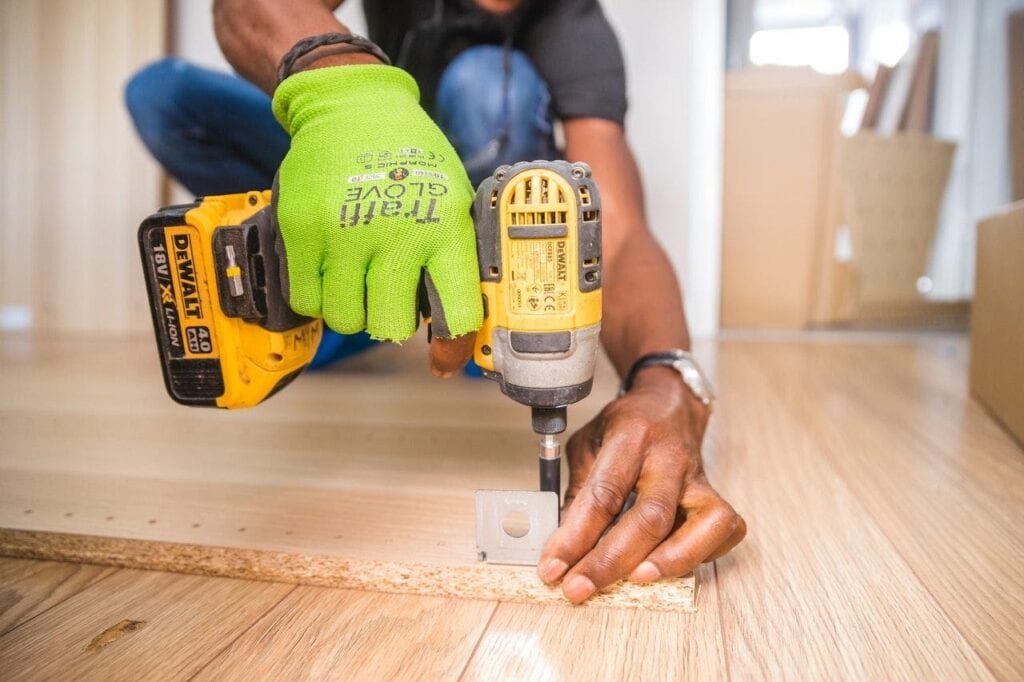The DIY home improvement movement has gained popularity in recent years. Homeowners have gained confidence now that tutorials and how-to guides are accessible online. Companies have also started providing rental services for specialty tools and equipment.
With the resources readily available, you can take on your home’s renovation. Choose the doable tasks and projects and hire professionals for the more technical ones. DIY home renovation is something you can do to enhance your home, remodel an abandoned home, or prepare it for the market.
How to Prepare for the Project
Before starting with any task, consider the project as a whole. Renovating is a large undertaking that will take time, money, patience, and drive. Improper preparation will lead to mistakes that will prolong the project. Additionally, it can result in mistakes that are expensive to fix.
- Inspect the property. Take note of all the areas that will be part of the renovation project. Make a detailed list of what needs to be repaired, replaced, or removed.
- Plan out the timeline. Don’t assume you can finish everything in a week or a month. Look at what needs to be done and develop a schedule that won’t disrupt your other responsibilities such as work or family time.
- Calculate your budget. List down the materials, tools, and equipment you’ll need. Identify which of the latter two you can rent or borrow and which will need to be bought.
- Hire professionals. Be realistic with your home improvement project. Determine which areas (e.g., electrical and plumbing) will need to be handled by a professional.
Whether you’re buying a home or wanting to expand, you will need to prepare accordingly to prevent mishaps and mistakes.
How to Renovate a Fixer-Upper
A fixer-upper is different from other homes in that it needs more work. Taking on its renovations can be overwhelming. Take a “divide and conquer” approach to this project to make sure you don’t miss anything.
Roofing
- Repair holes and cracks. Check your roof for damage and fix them immediately. Holes and cracks will lead to leakage that can damage your home’s structural integrity.
- Identify the original material used. You don’t want mismatching shingles on your roof. Get a sample and take it to your local hardware store. Ask them if they have the same material or something similar if it has been phased out.
- Update the gutter system. Your gutters and drainpipe prevent water from damaging your roof. If this system is as old as the house or damaged, consider updating it to ensure its performance.
Flooring
- Consider your lifestyle. Before settling on a material, consider your daily foot traffic. Ceramic or porcelain tiles are better suited for households with kids and pets. Vinyl or cork flooring is ideal for elderly family members.
- Invest in high-quality materials. In flooring, the price tag is indicative of the material’s quality and durability. High-quality flooring might cost a lot upfront, but it will help you save in the long run.
Windows
- Inspect each window thoroughly. Take note of which ones have cracks and other types of damage. Look at the weatherstripping and how well each window opens and closes.
- Install energy-saving enhancements. Window tint provides thermal and acoustic insulation. Interior panels prevent heat and cold from escaping, allowing you to save on your utility bills throughout the year.

Walls
- Fill in the cracks. Clean out the dust, grime, and debris from the cracks and holes in your walls. Fill them in with plaster or setting compound before smoothing them out with a sander.
- Clean and sand your walls. Once you’ve finished the repairs, clean all the walls with soap and water. Dry them before sanding them. This gives you a smooth surface that will make painting easier.
Hardware
- Use specialty cleaning products. Clean your antiques gently. Check the label to see if the cleaning solution you’re using is gentle enough for old furniture and hardware such as doors.
- Look up the furniture pieces. Most antiques have the maker’s mark underneath them or in their nooks and crannies. Take note of the name and number so you can look them up online. This will help you appraise each piece and tell you how to maintain them.
- Buy similar materials. Exact matches for paint, stains, and even fasteners can be difficult to find for antiques. Opt for similar-looking materials for a seamless visual effect.
A renovation needs proper planning, especially if you’re taking on most of the work. This is a project where slow and steady will have major payoffs.






